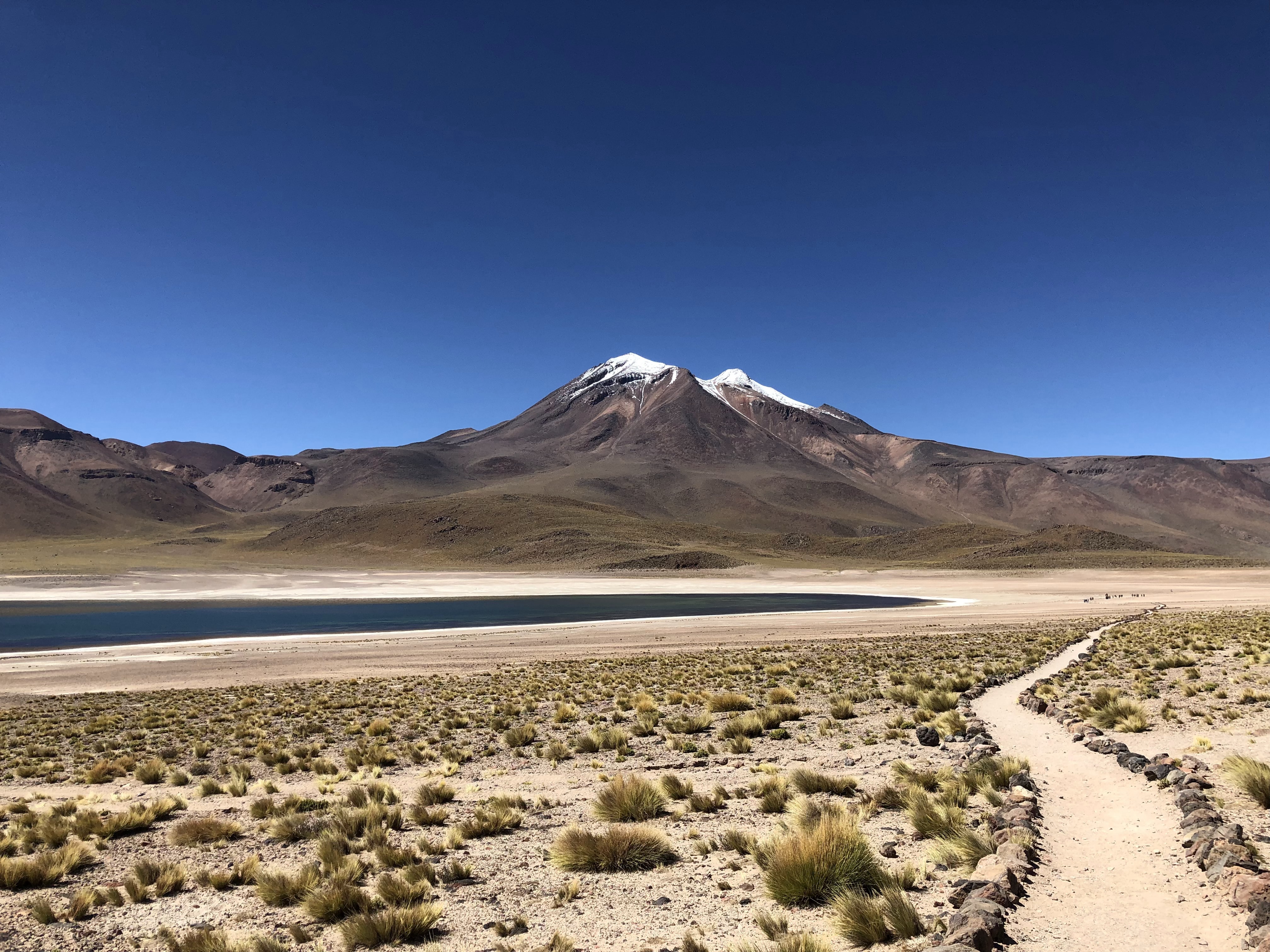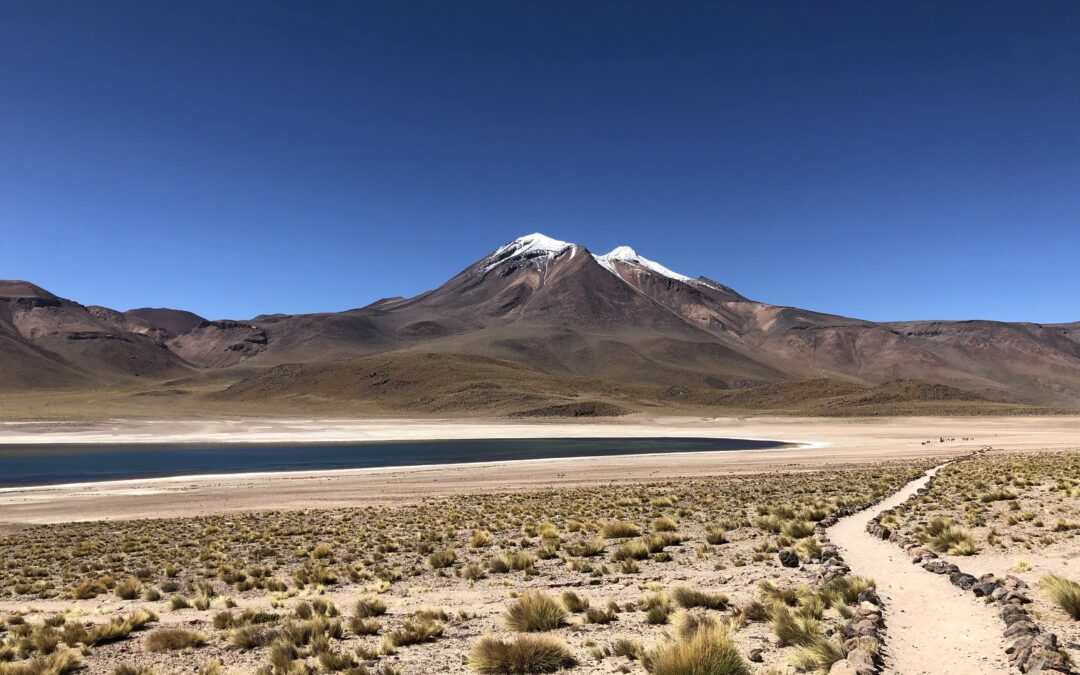
On October 2nd, Chile’s President Gabriel Boric announced that they are turning the Atacama Desert, which is a flowering desert, into the country’s 44th national park.
The Atacama Desert is one of Chile’s most sunny and dry places but still, very rare flowers are blooming there. More than 200 species of plants bloom here every three to five years depending on the area's climate conditions.
“At the same time, this allows for the arrival of new insects and fauna to come in search of food. This makes it imperative to protect this park," explains the Minister of National Assets, Javiera Toro to Euronews.green.
During previous years flowers like white lilies, nightshade flowers and purple lilies bloomed in the desert. Experts explain that climate change is contributing to the increasingly frequent occurrence of the “flowery desert”.
This blooming of flowers is an exciting happening for many scientists because it proves how some flora and fauna can survive in the world’s most barren places. Also, this kind of desert can hold many clues and keys for the study of climate change as well as for potential life on the moon since both places have many similarities.
By protecting this area, Chile is looking to strengthen their sustainability initiatives together with promoting research and development for this interesting place.





